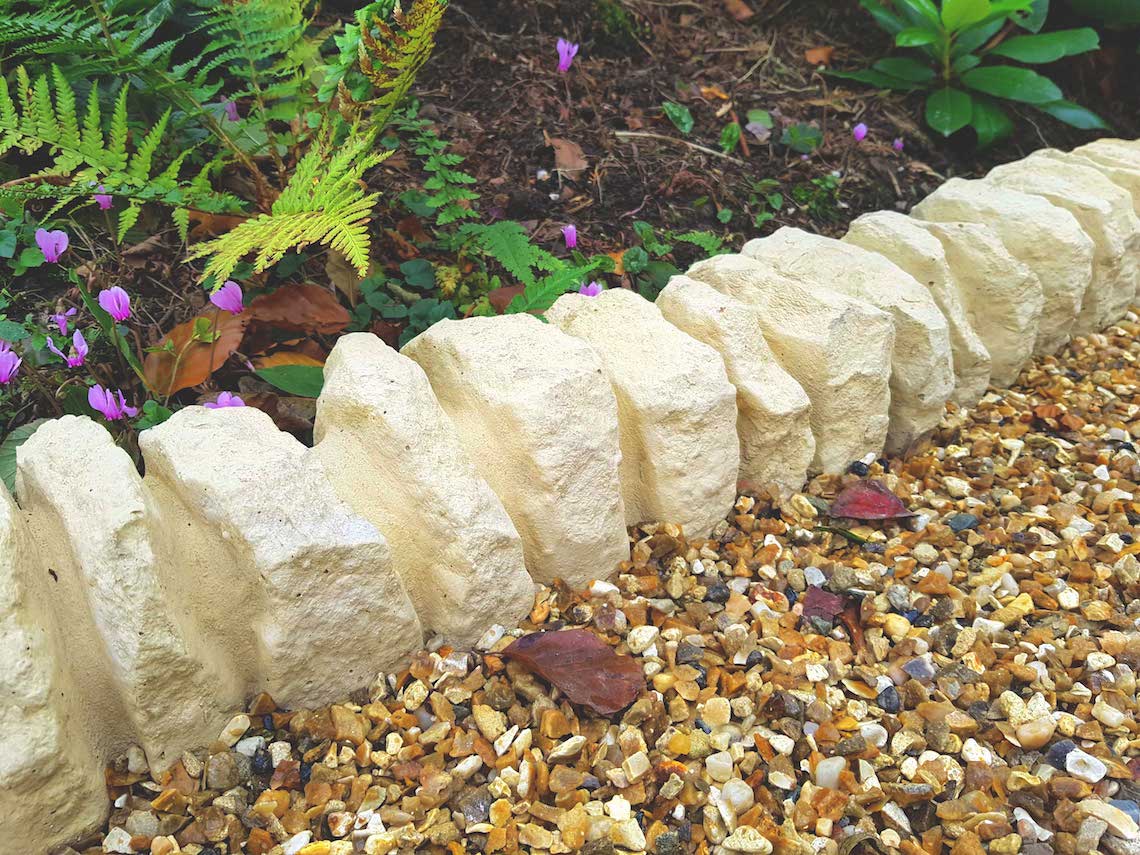Share
8 August 2021
How To Use Edging In Your Garden
When it comes to landscaping your garden, a good principle of design to follow is the idea of creating different zones, each with its own purpose. This helps to build a sense of structure and flow throughout your outdoor areas and keeps everything organised, while still looking beautiful.
A hugely important part of zoning your garden is the use of edging, which can be done in a variety of different ways, using lots of different materials - so it’s just a matter of thinking about the overall look and feel you’re trying to achieve, and then choosing the most appropriate options for your garden.
As well as unifying your garden and helping to divide it up into zones, edging also has a very practical purpose. It can help protect your flowers and other plants from passing feet, lawnmowers and so on, and it can help hold soil and mulch in place when it rains, so it forms an essential part of any good landscaping project.
What’s particularly great about edging is that you can also use it to help lead the eye around your garden, encouraging visitors to discover the various focal points you’ve brought in. So it’s perfect for both aesthetics and practicalities, making it an absolute must for anyone eager to create a stunning garden at home.

What materials can you use for edging?
Garden edging stones are a great option, as they’re beautiful, practical and a little different, so perfect if you’re looking for something unique in this regard. You can also use stone, pavers or brick on paths and patios, or perhaps consider using small shrubs if you want to define your flower beds while sticking to something natural.
Another option, if you’d like to go completely natural, is to simply dig a little trench or ditch between your lawn and flower beds, although you may find that this requires more maintenance and upkeep than other ways to edge your garden.

How to choose your edging material
The overall style of your garden will likely inform the material you need for edging. For example, if you’ve gone for something with lots of curves and free-flowing shapes, wood may not be the easiest choice as it can be tricky to get it to wind around bends, but it would work very well if you’ve gone for straight, contemporary lines.
Brick and stone are very common materials and come in all sorts of styles, with the latter an especially versatile choice. It can be placed throughout your garden in a relaxed and casual way, or you can have it set in mortar if you want something more polished and elegant. Concrete edging is a great cost-effective way to achieve the look of stone at a lower price.
If you’d like any further help or guidance relating to edging materials and installation, get in touch with the team here at Gardenstone.

